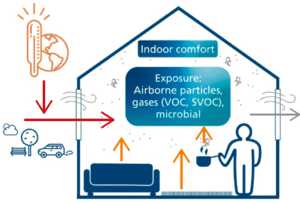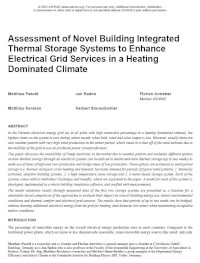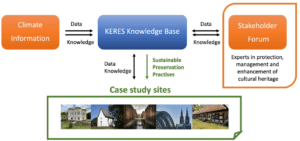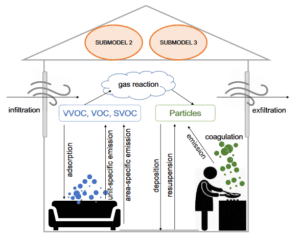
Long-term prediction of the effects of climate change on indoor climate and air quality
Alexandra Schieweck, David Shaw, Erik Uhde, Florian Antretter, Jiangyue Zhao, Nicola Carslaw, Tunga Salthammer
Keywords: Air pollutants, Building physics, Mitigation measures, mold growth, Thermal discomfort
… These scenarios, emphasizing the indispensable of temperature and humidity in assessment, suggest that the current trajectory will likely see a minimum 2.0–2.5 °C global temperature rise by 2100, with Europe experiencing more frequent extreme heat waves. Such conditions demand equal consideration of both temperature and humidity when evaluating indoor climates due to their significant effects on air quality and thermal comfort.
The research, applying the model to a thermally insulated old building meeting the German Building Energy Act standards, indicates a consistent rise in average indoor air pollutant levels. While ozone spikes could become more common, smart material choices and ventilation strategies can manage pollutant levels effectively. However, temperature and humidity pose a significant challenge, leading to thermal stress even in well-insulated homes unless proactive adjustments like shading and climate-adapted living behaviors are adopted.
Current regulations may be a move in the right direction, but ultimately fall short for future-proofing indoor environments. Given the colliding interests of energy saving and potential reliance on mechanical air conditioning, careful consideration of both passive and active measures is critical. The IAQCC’s projections support proactive and comprehensive planning to develop robust preventive actions against adverse indoor climatic conditions due to climate change.


